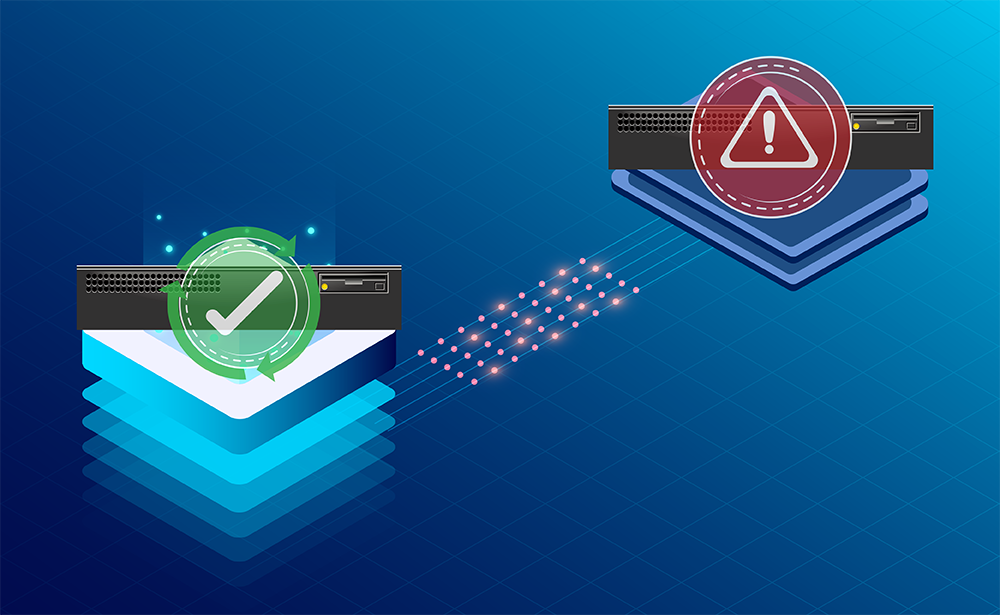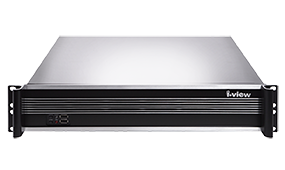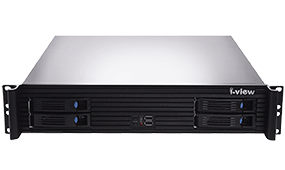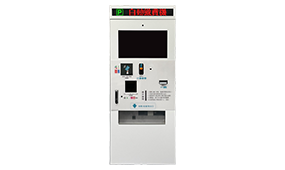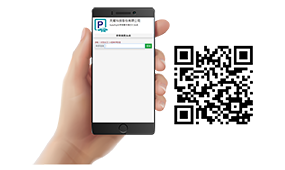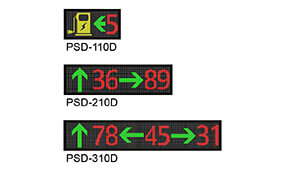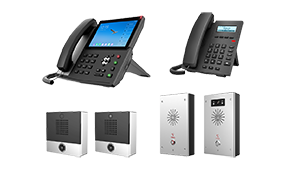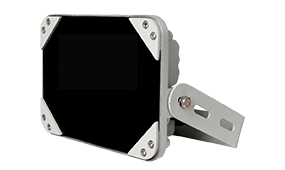
As the number of cars on the road continues to increase, there is a corresponding demand for parking spaces. Traffic research suggests that there should be 1.2 parking spaces per car to maintain a balance and avoid a shortage of parking spaces. This is a significant problem for highly developed cities, especially during peak traffic hours, as well as for places like department stores, hypermarkets, exhibition venues, industrial parks, downtowns, stations, and airports.
The availability of parking spaces is an essential indicator of an intelligent city, and the government is responsible for solving people’s traffic problems. Adding new parking spaces and increasing the turnover rate are necessary conditions for expanding parking spaces. However, limited land constraints make it challenging to add new parking spaces. Therefore, the solution to parking problems lies in effectively increasing the turnover rate of parking spaces.
Intelligent parking was proposed in 2014 to address this issue. With the development of new technologies such as artificial intelligence (AI) and IoT, innovative parking systems have become a popular choice for major cities to alleviate the shortage of parking spaces by integrating metropolitan parking resources.
Drawbacks of current roadside parking solutions
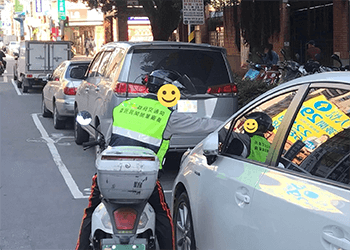
Manual charge parking fee
- Insufficient evidence.
- Operational labor costs are too high.
- High rate of evasion and disputes of parking.
- Inside job.
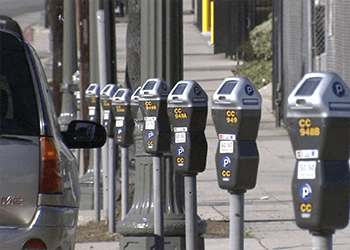
Parking meter
- Evasion rate is high
- Investment costs are too high
- Operating labor costs are high
- Lack of photo evidence leads to easily disputable cases
- There is no image judgment and lack of evidence when a dispute occurs.

Ground sensing and toll PDA
- Investment costs are too high
- Operating labor costs are high
- Lack of photo evidence leads to easily disputable cases
- High-temperature differentials significantly reduce battery life
- Interference leads to misjudgment
ParkGuide® Features of smart roadside parking management system
Utilizing AI algorithms, image deep learning, cloud computing, IoT, and solar power generation, i-View offers a cost-effective, eco-friendly solution for roadside open parking in modern urban areas. Their ParkGuide® innovative roadside parking management system overcomes the limitations of existing systems and provides the following benefits:
![]()
Complete collection of information
![]()
Multiple payment way
![]()
Provide diverse functions
![]()
Low investment and maintenance costs
![]()
Zero carbon ECO-friendly
![]()
Low difficulty in construction
By leveraging new information technologies like cloud computing and wireless network transmission, we have the potential to enhance the current roadside parking management model. This can include replacing manual labor with intelligent systems, cutting labor costs, closing loopholes in charging, boosting parking space turnover, and increasing revenue. Through these improvements, we can enhance parking management order and better utilize road resources to ensure smooth traffic, meeting the transportation needs of smart cities. Integrating Smart Roadside ALPR Bollard with solar power generation facilitates net zero carbon emissions, making parking environmentally friendly.
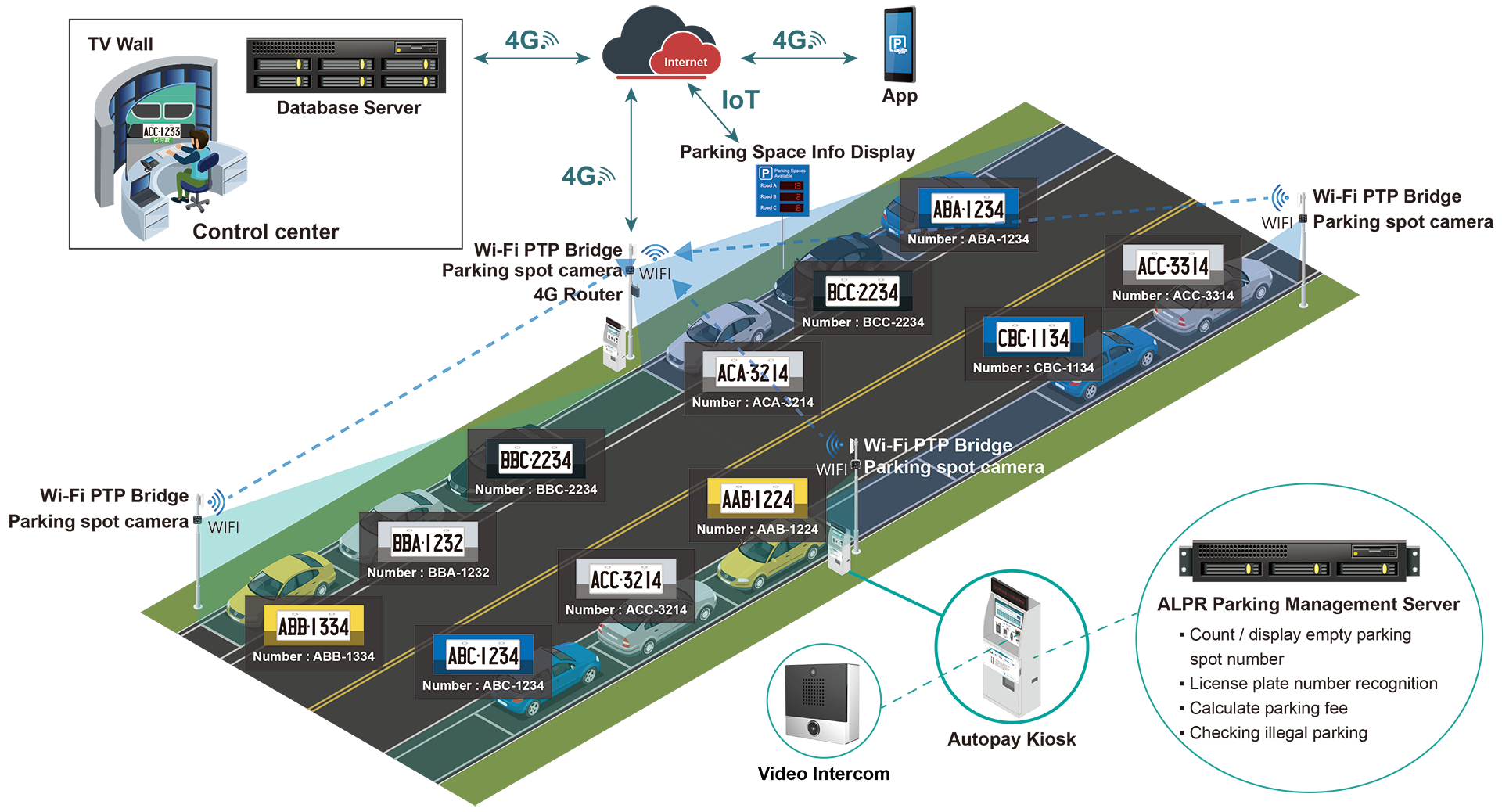
Advantages of ParkGuide® Roadside Parking Management System
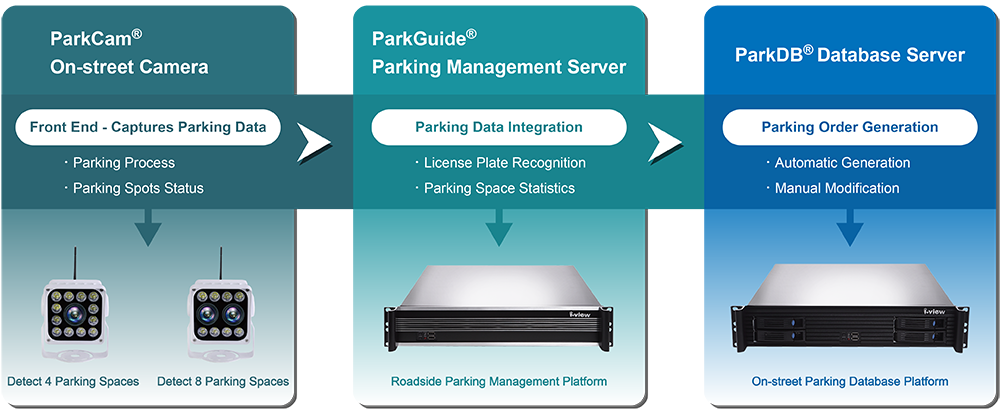
One-stop Solution
The ParkGuide® on-street parking management system offers a complete solution, including license plate recognition, parking fee calculation, evidence collection, payment options (Autopay Kiosk or online payment), and payment notices. Our dependable and efficient system allows you to focus on management.
ParkBack® Parking Management Failover Server
The failover (failure recovery) function is a backup mode primarily used when the primary system is interrupted due to failure or regular maintenance. The backup system compensates for the loss of the primary parking management system and ensures uninterrupted parking service.
Details
ParkDB® Parking Management Database Server
Managing multiple parking lots can be challenging for enterprises or chain parking lots. The inability to share independent operational data of parking lots can make information integration difficult and waste workforce resources. The ParkGuid® parking management system offers the option of a ParkDB® web-based database server, which can synchronously store the name-listed and vehicle entry and exit data of each parking lot. This allows for centralized management, localized processing, and cloud-based data backup advantages, among other notable features.
Details
ParkGuide® On-Street Parking System Function Description
- Empty parking space display
ParkGuide® is an on-street parking management system that uses high-position cameras and video analysis algorithms to detect whether parking spaces are occupied or not. Once the status of each parking space is determined, it is uploaded to the cloud management platform. This comprehensive data is then automatically displayed on LED displays via 4G wireless transmission. The information about the number of empty parking spaces in each area helps drivers find the closest available parking spot, thereby reducing traffic congestion, air pollution, and other related issues.

- Parking fee management
The ParkCam® high-position camera uses a video analysis algorithm to detect the environment surrounding the parking spots. When a car parks or leaves, the camera automatically takes pictures, archives them, and recognizes the license plate number. This recognition triggers the generation of a parking bill that is sent to the car owner through the App. The parking fee can be paid via the App or the nearest automatic payment machine, thus completing a full parking management cycle.
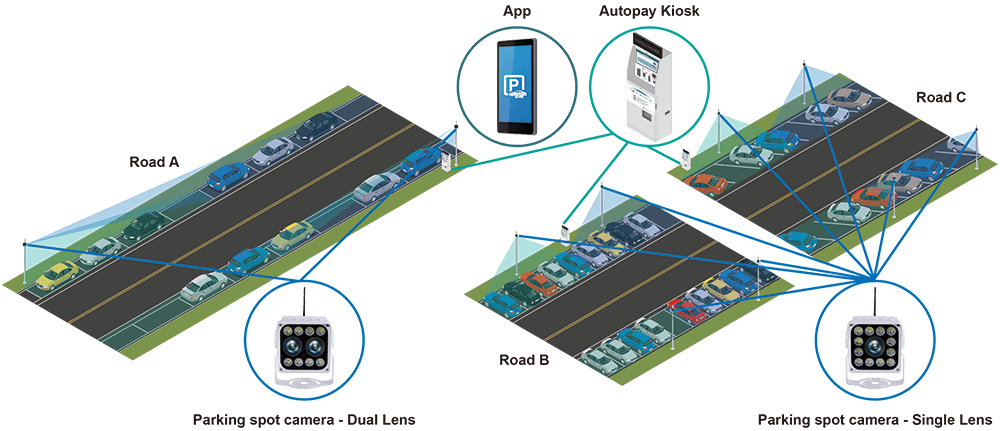
- Improper parking management
In addition to detecting whether the parking space is occupied or not, the video algorithm of the ParkCam® high-position camera reports improper parking behaviors such as cross-parking spaces and wrong-direction parking. For the no license plates vehicles, long-time occupiers, illegal (such as stolen vehicles, drug vehicles), and other cars, the photographs or video data taken are provided to the law enforcement department for corresponding processing. I-View’s parking management system is not only for parking but also accounts for public security monitoring.

How does the ParkGuide® on-street parking management system run?

1. As the vehicle approaches a parking space, a high-position camera takes photos and sends them to the parking management server via Wi-Fi (or 4G).
2. When the vehicle parks in the parking space, the camera takes another photo and sends information to the server that the area is occupied.
3. When the vehicle is about to leave the space, the camera takes another set of photos and sends them to the server.
4. After the vehicle has fully vacated the space, the camera takes one last photo and sends it to the server with information that the area is empty.
5. The parking management server recognizes the license plate of the four photos and calculates the parking fee. These four photos were combined into a file as supporting evidence for the parking charges.
6. The parking management server uses the 4G wireless network to perform statistics on empty parking spaces based on the area drawn. The results are displayed on the LED display of the street, helping drivers locate the nearest parking space to their destination quickly.
7. The driver can scan the QR Code via mobile phone to pay or go to the nearest automatic payment machine to pay the parking fee by cash or electronic payment.
8. Integrating on-street parking management with the criminal vehicle database can significantly assist law enforcement in locating illegal vehicles. Pop-up warning messages can also be automatically activated for cars parked abnormally, such as long-term parking without leaving, wrong-direction parking, and occupying multiple spaces.
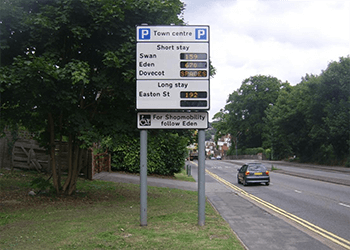
Product Series

